Description
 Hatch Switch Kit – BUY NOW
Hatch Switch Kit – BUY NOW
A recent EPA study dated march 2005 lists four means of monitoring the “Man Door Hatches” which are commonly used in water treatment facilities and also in many similar industrial storage complexes. Although not specifically stating so in the article, the LightGard ‘Hatch Switch’ is by far the most cost effective and reliable means of monitoring such hatches. Among the most distinctive unique features of the LightGard product is that, unlike devices that use copper wires and copper circuitry, the ‘Hatch Switch’ and it’s plastic fiber optic cable is not susceptible to corrosion by chlorine fumes that are commonly found in water storage systems.
The ‘Wireless’ LightGard unit in most instances also eliminates the need and expense of trenching wires etc. to the vicinity of the hatch. Unlike fiber optic systems that monitor steady light for changes in light intensity, the pulsed beam of light LightGard system also will not cause false alarms by vibrations that are commonly caused by low flying airplanes, lightning and thunder, or by trucks and cars on nearby roads or by vibrations that are caused by railroad trains.
Unlike other devices, the LightGard system does not require a special new hatch door for it is designed to be installed on most existing types of hatch doors. The plastic fiber optic cable that is used in the LightGard system is extremely easy to work with and splices can easily be made in the field by any technician who has had a few minutes of instruction.
The LightGard system is also extremely versatile and can be used to monitor all types of additional valuable or critical equipment, such as critical valves and machinery that might be in the facility. It can be used to monitor Hatches such as the type pictured below which are submerged and located near the bottom of a tank and which are under water or have other fluids such as gasoline or petroleum products on the inside.
Pictured above is a Typical Man Door Hatch found near the bottom of many storage tanks. The above hatch can easily be monitored with the plastic 1/8″ diameter LightGard Fiber Optic Cable by simply drilling a small 1/8″ hole through the nuts and bolts and treading the cable through the holes. The nuts then could not be removed without cutting the fiber optic cable which would automatically trigger an alarm. This method is similar to how Sandia Labs tested Minatronics’ LightGard plastic fiber optic cable (SAND95-2279.UC-515, November 1995) as a way to monitor 55 gallon drums of nuclear waste. Used to limit number of times personnel would have to visit site and be exposed to radiation.
A Typical Man Door Hatch shown above is found on water storage tanks and can easily be monitored with the LightGard recently patented “Hatch Switch” This type of hatch door could not be monitored by any other means mentioned in the EPA study.
(See EPA study at: http://www.epa.gov/watersecurity/guide/manholeintrusionsensors.html )
Additional thoughts and insights regarding security at Water treatment facilities.
Many water treatment facilities are currently installing Access Control systems; however, in many cases these systems are plagued with a number of problems rendering them as insufficient as a means of protecting valuable or vulnerable property. First of all, any Access Control system may be next to worthless if it does not use access control that relies on biometric identification. Secondly, an Access Control system should not be used unless an extensive background check is done on those who are enrolled into the system. Thirdly, most theft and vandalism is done by insiders, and/or disgruntled employees. Most people are familiar with the fact that infiltration is a commonly used means of compromising a facility. The FBI, CIA and other entities use infiltration as a way to compromise an organization or to find out how to disrupt an organization, and for anyone to think that a terrorist would not do the same thing is being entirely naive. Fourth, an Access Control system alone will not notify anyone of an actual theft or of the violation of a protected item. In many instances, with an Access Control system unless the above cautions are implemented, the cards would unknowingly be issued to the thieves or terrorists.
Many facilities also use CCTV with video recorders to monitor the premises. This is fine if CCTV cameras that can see in the dark are utilized; however, this does not help much if the terrorist or thief uses a ski mask. Most people have seen pictures of someone holding up a typical 7-Eleven store with a ski mask, and the news media is asking the public to see if they can recognize the thief. A CCTV system does not tell you of a violation any more than does an Access Control system. As with an Access Control system, with a CCTV system one often finds himself on Monday morning after an incident trying to figure out whom all may have been able to have done the damage on Friday night. A CCTV system does not notify anyone at the time a terrorist might cause an incident which is the crucial time when someone needs to be notified.
What is needed in conjunction with either of the two above systems is a security system such as the LightGard Fiber Optic Security System that actually monitors the valuable or vulnerable items 24 hours a day. The monitoring of the LightGard alarm system ideally should be used in conjunction with third party monitoring. This protects the equipment not only from the normal people who use the equipment, but also from all of those people who have access to the space. LightGard can also monitor valuable items, such as vulnerable computers with sensitive data, while the cleaning crew is at work at night. By utilizing a properly designed system the proper authorities can be notified and dispatched within seconds of a violation to the exact location of the violation. One doesn?t have to wait until Monday morning or try to figure out who all might have been in the area hours ago. You also would not have to wonder what damage might have been done in the meantime, which is what would happen if someone opened a non monitored man door hatch on a water treatment storage facility and put something into the water. Another big plus to having third party monitoring is that the facility guards or security department who generally have keys to or access to all areas are not among the suspect!
As for the Water Treatment facilities, not only the hatches that cover the storage tanks, but the chlorine gas canisters, and other valuable control valves and equipment should be monitored 24 hours a day even as workmen are in the area. Only authorized supervisory personnel should be allowed to bypass the protected items if those items need to be serviced or removed from the protection of the monitoring system. To design a system without actually monitoring the vulnerable items is simply demonstrating a lack of understanding of how vulnerable items should be protected.
Whoever designs a security system should use reliable simple solutions that utilize point identification. A system should be used that actually does the job of notifying the proper authorities immediately when a problem occurs. LightGard Fiber Optic Security devices can be attached to any Access Control System as alarm point identification and to CCTV systems as a trip point to activate the proper camera and recorder. However, this signal should then also, in addition, be transmitted immediately to a third party monitoring facility.
The LightGard Fiber Optic Cable can be used in explosive environments since it uses a pulsed beam of light which does not create a spark. It can also be used in a corrosive environment such as in the vicinity of salt water as well as in a chlorine atmosphere. The temperature range is from minus 31 degrees Fahrenheit to 176 degrees Fahrenheit. With a randomly pulsed beam of light that pulses at approximately three pulses per second, the cable is next to impossible to defeat. For maximum security, the LightGard control box should also be installed in a secure and monitored place.
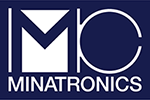
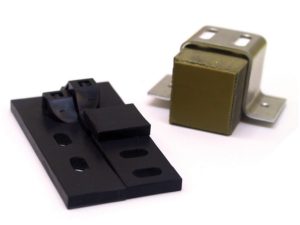
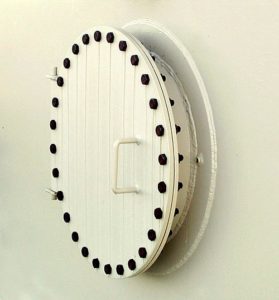
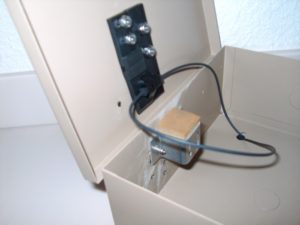
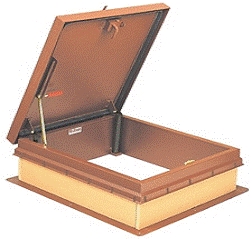
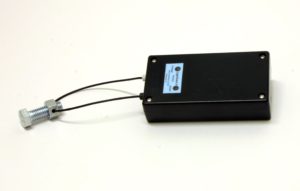
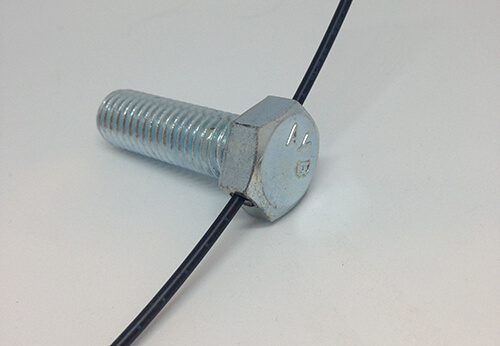
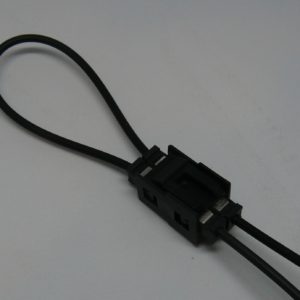
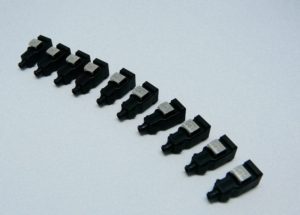
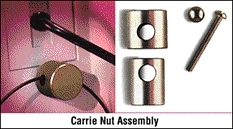
Reviews
There are no reviews yet.